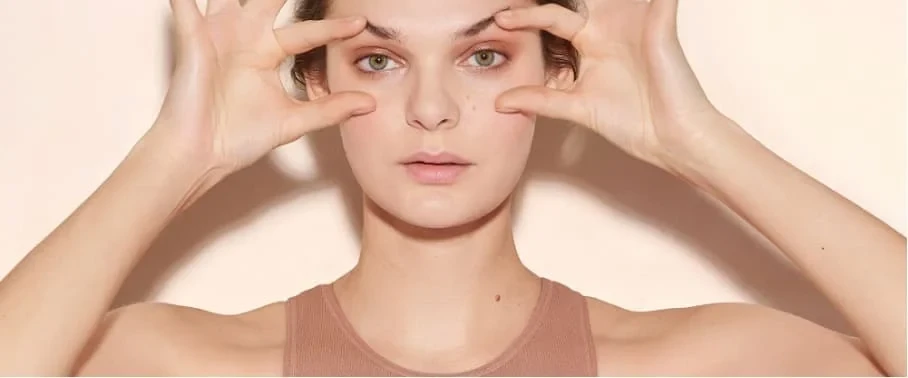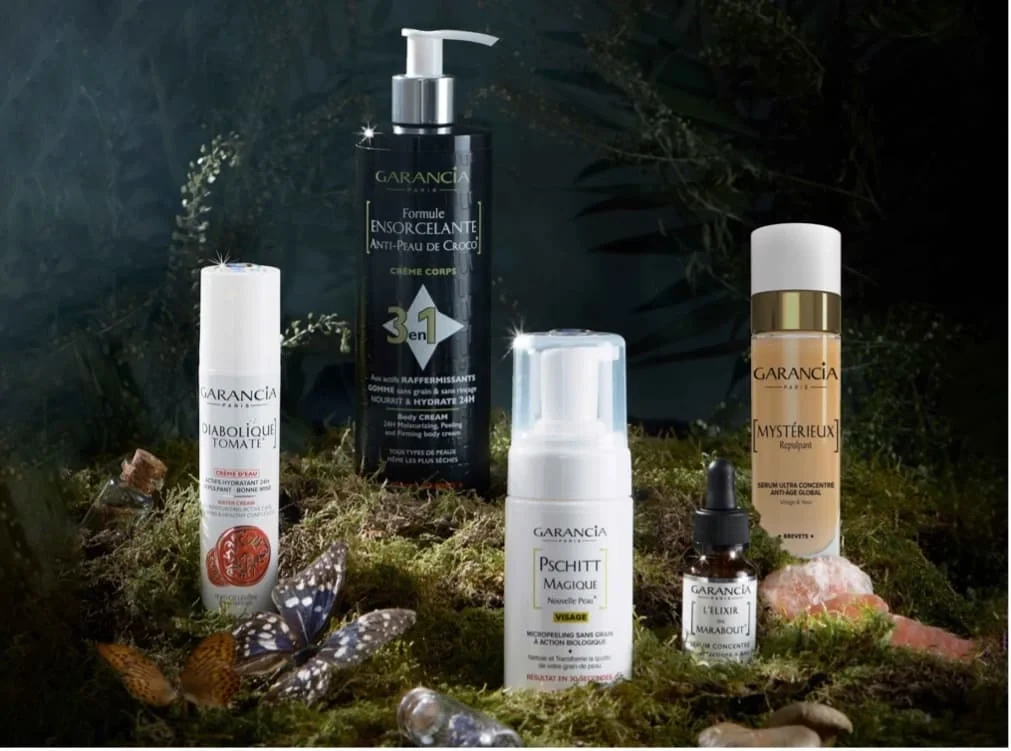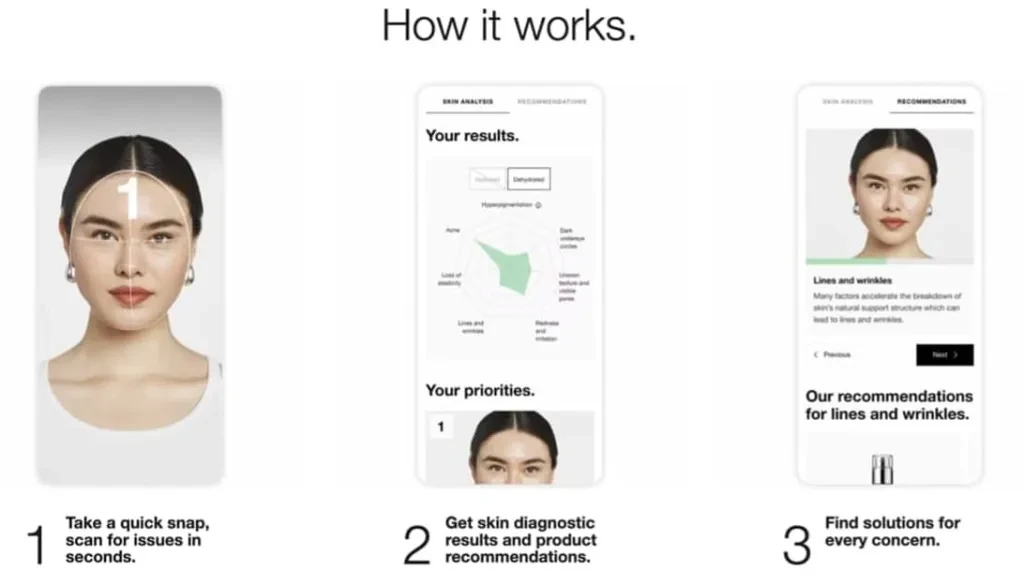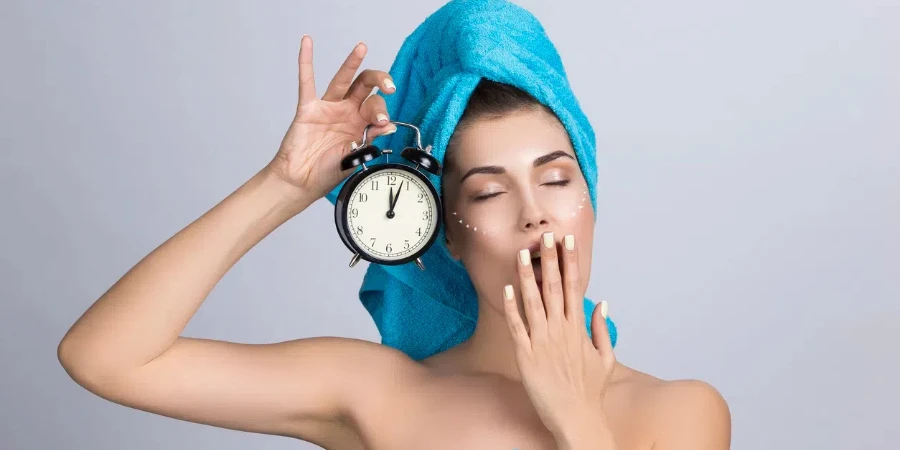In the bustling world of beauty, contrasting philosophies emerge from the depths of consumer desires and mindsets—fast beauty versus slow beauty. These divergent approaches reflect not only age-related preferences but also profound shifts in how individuals relate to time, self-care, and the beauty journey itself. Let’s explore the dynamics at play!
The essence of slow beauty: nurturing skin health holistically, beyond cosmetic products
Slow beauty brands are transforming the beauty industry and resonate with consumers across generations as coach brands. At its core, slow beauty emphasizes long-term results over quick fixes and surface-level treatments, encompassing a holistic approach that integrates skincare rituals, services, and diagnostics.
To achieve this holistic wellness journey and skin longevity, slow beauty emphasizes collaboration between consumers and brands by encouraging individuals to invest time and effort in cultivating healthy routines that extend beyond the products themselves. Aesop epitomizes this ethos by inviting consumers to savor a unique, personalized and transformative journey of nurturing both their skin and senses through an immersive experience that starts in salon and continues at home. Similarly, Payot, a French facial care brand, teamed up with renowned facialist Sylvie Lefranc to create a unique, holistic beauty workout called Gym Beauté Payot®, which aims to restore the skin’s natural balance and beauty.

This is also the case for many other professional beauty brands, whose demand for facial treatments has increased by 25% over the past five years, driven by the popularity of holistic natural beauty approaches and popularized by social media platforms and facialists influencers such as Nathalie Dendura. For example, Kobido massage, a traditional Japanese facial massage known for its anti-aging benefits, has gained international popularity as “the best of the bests”. Searches for Kobido massage have increased by 40% annually over the past three years on platforms like Google Trends and YouTube. Furthermore, as of 2023, beauty-related hashtags, including those related to facial treatments and skincare routines, have millions of posts. Some of the most popular include #skincare (90+ million posts), #beautytips (45+ million posts) and #facial (25+ million posts).
For slow beauty brands, the journey counts just as much as the results. The rise of slow beauty stands in stark contrast to the prevailing culture of fast beauty, which markets overnight transformations thanks to “miracle” products.
Fast beauty: the appeal of convenience
Fast beauty brands capitalize on a fundamental consumer insight: the desire for convenience and efficiency in skincare and haircare routines. Recognizing that many individuals lead busy lives with limited time for elaborate self-care rituals, these brands offer quick-fix solutions that promise instant results with minimal effort.
One notable example of a fast beauty brand is Garancia, which has built its brand equity on the themes of magic and innovation. This is cleverly reflected through their sparking packaging and whimsical product names such as “diabolic tomato”, “mysterious replumper”, “magical pschitt” and “marabou elixir”. Other examples of fast beauty brands are Filorga, which is commited to delivering visible results within only 7 days, and Skinceuticals, an advanced professional skincare company backed by science (and aesthetic surgery!)

Fast or slow, beauty is highly personalized
Whether it’s fast or slow, beauty has reached new heights of personalization, reflecting broader shifts in consumer behavior & technology. 40% of beauty consumers have used or expressed interest in using AI-based beauty tools to receive personalized skincare recommendations.
What is the common ground between myBlend’s mySkinDiag, Clinique’s Clinical Reality, Dermalogica’s Face Mapping Analysis, Neutrogena’s Skin360, Olay’s Skin Advisor & La Roche-Posay’s Effaclar Spotscan? All are AI-powered online diagnostic tools that analyze skin moisture levels, wrinkles and pores (based on photos of the skin & a questionnaire) and offer a completely bespoke skin diagnosis, advice and skincare regimen.

Powered by cutting edge diagnostic tools, slow beauty brands can offer a tailor-made, long-term skincare routine that is more environmental conscious, taking careful account of the skin’s characteristics and avoiding waste from ineffective or unnecessary products. On the other hand, fast beauty brands can shine amongst consumers who value the newest and most advanced solutions by recommending them the most effective products according to their skin profile.
Beyond skincare, technology is also revolutionizing the haircare industry through a phenomenon often referred to as the skinification of haircare. This approach recognizes the scalp as an extension of facial skin, emphasizing the importance of scalp health for vibrant, healthy hair and long term results. For example, Kérastase K- SCAN is an exclusive in-salon camera that scans and analyses hair and scalp health to diagnose exactly what your hair needs in seconds and provide personalized haircare recommendations.

My Hair [iD] by L’Oreal Professionnel is another in-salon tool powered by tech, which combines a hair diagnostic with an advanced virtual try-on experience to elevate the customer experience throughout a tailor-made color experience.
Both fast and slow beauty journeys can benefit from personalization. Fast beauty consumers enjoy the convenience and immediate results, while slow beauty adherents appreciate the detailed attention to their skin’s unique needs.
Age and Mindset: Shaping Consumer Preferences
The choice between fast beauty and slow beauty is influenced by both age-related factors and individual mindsets toward self-care and time management. Fast beauty primarily appeals to Gen Z, who often lacks time for extensive self-care routines and seeks immediate gratification. Both social media platforms and influencers promoting fast-paced beauty hacks resonate very much with younger generations who are heavily digitally influenced and driven by FOMO. The lower price points and variety offered by fast beauty brands also encourage experimentation without a significant financial commitment. Millennials value convenience and immediate outcomes but show a growing interest in more sustainable and ethical beauty practices.
On the other hand, Gen X and Baby Boomers are less influenced by the rapid trends of social media and are more focused on quality and results over time. However, specific segments within these groups, such as busy professionals or those newly adopting a skincare routine, may still find fast beauty appealing.
Conclusion: fighting time vs. embracing the journey
The evolution of beauty brands and consumer mindsets reflects a nuanced interplay between age, mindset, and relationship with time. Whether embracing the allure of fast beauty for its convenience or embarking on a slow beauty journey rooted in mindfulness and partnership, individuals seek highly personalized skincare regimens that align with their values and lifestyle. By understanding these dynamics, brands can tailor their strategies and communication campaigns to resonate authentically with diverse audiences while navigating the ever-changing landscape of beauty and self-care.
Source from SGK
Disclaimer: The information set forth above is provided by sgkinc.com independently of Alibaba.com. Alibaba.com makes no representation and warranties as to the quality and reliability of the seller and products. Alibaba.com expressly disclaims any liability for breaches pertaining to the copyright of content.




